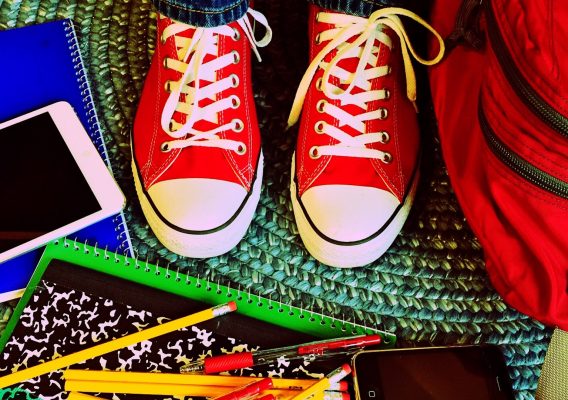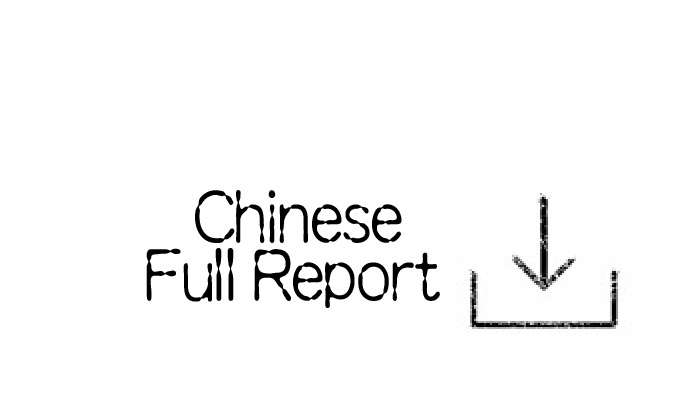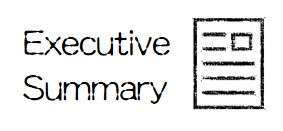Do “Flipped Classrooms” Motivate Students to Learn?
Youth I.D.E.A.S. 08
Education and Innovation
Do “Flipped Classrooms” Motivate Students to Learn?
29 February, 2016

According to the research report from the International Association for the Evaluation of Educational Achievement (IEA) released in 2012, Hong Kong students’ reading ability is ranked the first, but there are four areas with low rankings including students’ level of interest in learning, level of motivation, level of confidence and level of contribution to the lessons. This reveals that although Hong Kong students’ individual academic ability is strong, there is still a lack of learning motivation, creativity and analytic ability.
Self-directed learning is a pedagogical philosophy. It means that students need to be responsible for planning and leading learning activities on their own. “Flipped Classroom” is an innovative pedagogy for encouraging students to develop the ability of self-directed learning and it has been widely used in American and European countries. In recent years, “Flipped Classroom” has also been adapted for use in Asian countries, including Japan, Taiwan and Singapore. Today, Hong Kong is gradually launching “Flipped Classroom” in various subjects as well.
In contrast to traditional teaching methods, “Flipped Classroom” requires students to read the learning materials in advance before lessons. At school, teachers would ask them to discuss the material in groups, guiding them to think from different angles. According to the past experiences from other countries, “Flipped Classroom” can enhance students’ self-directed learning and the motivation to learn, with the aim of achieving lifelong learning in the students.
Although there are some successful examples of “Flipped Classroom” in other countries, Hong Kong is still trialling this method of teaching and its effectiveness is still questionable. This research study used a survey completed by secondary school students[1], focus-group interviews and interviews with educational experts and academic specialists. The aim was to explore the trends of current students’ learning, including their learning motivation, contribution to lessons and their self-directed learning ability. We also analyzed the effectiveness of “Flipped Classroom” to enhance students’ self-directed learning and the difficulties in launching “Flipped Classroom”, in order to facilitate the formulation of recommendations when using “Flipped Classroom” to teach and learn.
Discussion
- The goal of education in Hong Kong is to provide students with the opportunity of whole-person development encourage self-directed learning and develop a life-long learning capability. However, students’ learning interest, motivation, confidence and contribution during lessons are still dissatisfactory.
- Although students understand the importance of self-discipline in the learning process, it is difficult for them to develop the ability of self-directed learning.
- Students with experience of “Flipped Classroom” believe that online learning platforms can help control their own learning progress and allow them to understand lessons more thoroughly.
- Students believe that “Flipped Classroom” can enhance their learning interest and motivate them to learn proactively. However, the effectiveness of “Flipped Classroom” is still pending further review.
- Some of the students with experience of “Flipped Classroom” believe that its potential failure could be due to a lack of self-discipline in using online learning platforms, difficulty in understanding the learning materials on those platforms and the ease of being distracted when using electronic learning devices.
- Fully established electronic learning devices, teaching videos with high quality professional teachers and teaching small-class sizes are essential factors for launching “Flipped Classroom”.
Recommendation
- To make reference to “Quality School Improvement Project”, a “Flipped Classroom Pilot Scheme” could be launched to encourage the promotion of “Flipped Classroom”, with the provision of funding and advisory support to schools.
- A Teaching Video Sharing Platform should be established to exchange teaching materials amongst teachers.
- Cooperation with tertiary institutions should be encouraged to provide “Flipped Classroom”-related courses for teachers.
- Schools should strike a balance between the amount of homework and the number of online learning tasks so as to encourage students to contribute more to online learning platforms at home.
[1] The survey was completed through inviting secondary schools with the social work service provided by HKFYG




